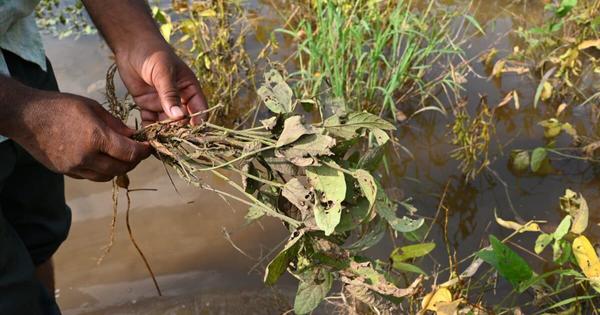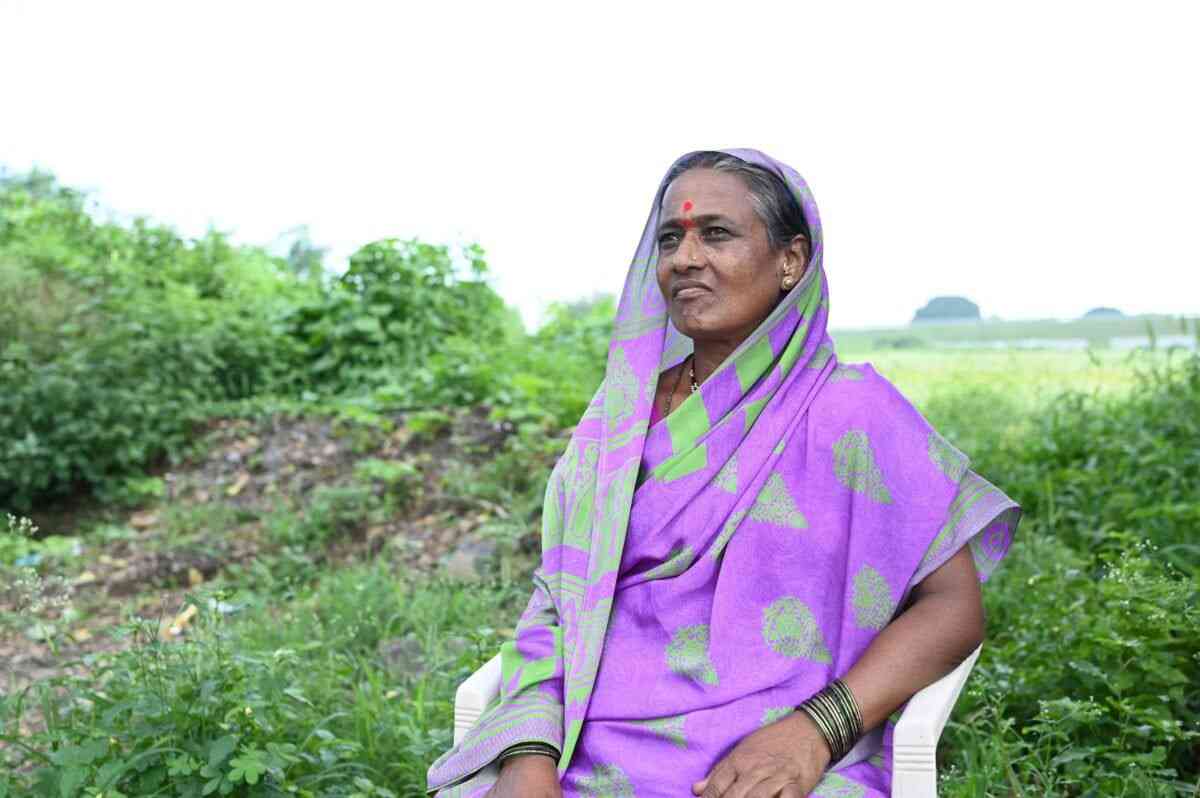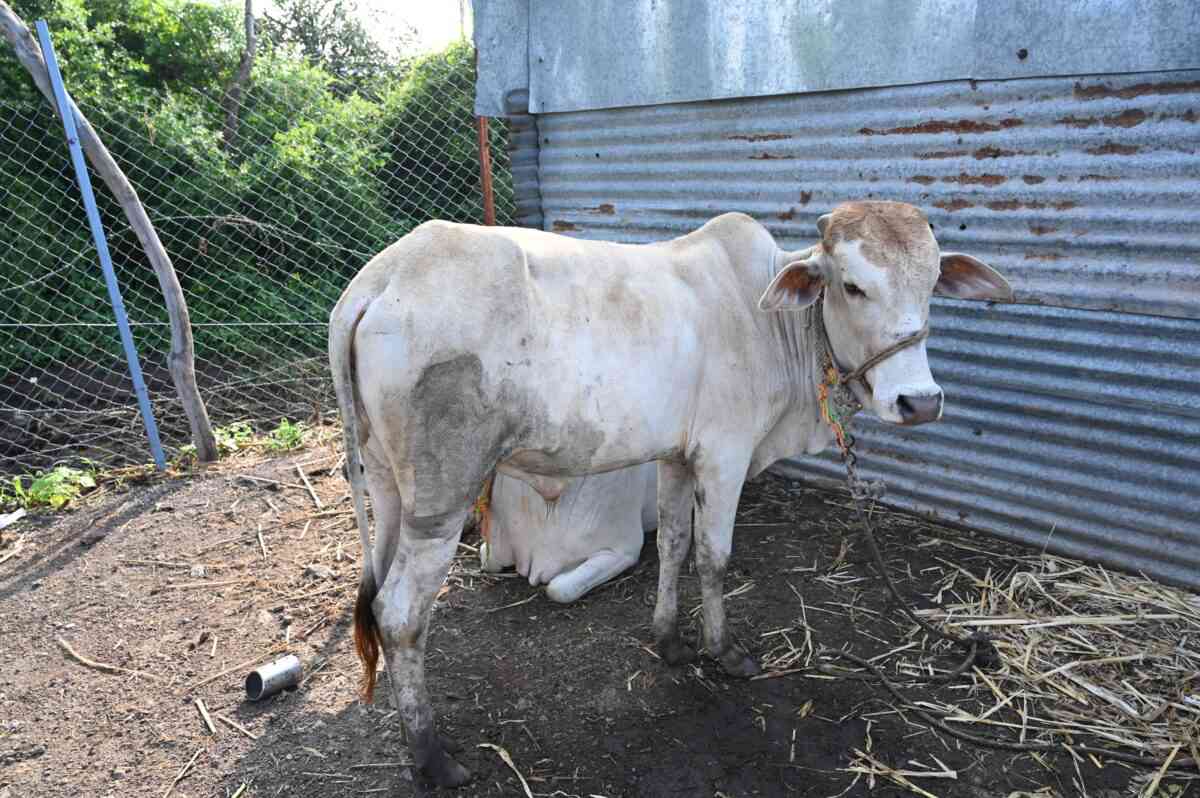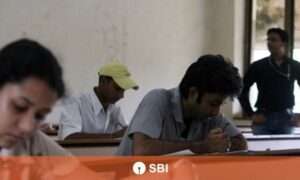
The parched region of Marathwada, where once potable water had to be supplied via train, is now reeling under floods. In the historically dry region, excessive water is taking away lives and livelihoods.
Between the 2012-’13 and 2019, the Marathwada region faced four droughts. Rainfall in these years was about 50%-70% of the average. There have been long-term socio-economic fallouts due to these dry spells.
However, the region buckled under torrential rains this year, recording more than 128% of its normal rainfall for June to September. Every river and canal, including patches historically known to be dry, have flooded.
The rainfall till September 25 was 722.5 mm, higher than the usual average for this period which is 679 mm. What made it worse was the rain pattern: sudden, intense and in short bursts instead of falling steadily. This has caused more damage to the crops instead of benefitting them.
“This year, at the beginning of June, a long-term forecast had predicted that Vidarbha and Marathwada would receive above-average rainfall. Although June initially received less rain, Marathwada received more than 743 mm of rainfall between August and September 22,” said professor SD Sanap, Pune-based scientist at India Meteorological Department.
While the short bursts of intense rain made it seem like a cloudburst-like situation, it was not a cloudburst. Sanap explains that a cloudburst means more than 100 mm rain in an hour. “In this case, there was definitely very heavy rainfall, but it occurred over a span of 24 hours. Therefore, it can be termed as excess rainfall, we can’t say conclusively that it is a cloudburst. We are continuously conveying such information to the government and the public,” he says.
Sanap adds that there could be several factors responsible for the heavy rains this year: the warming of the Indian Ocean that is affecting rainfall patterns, the temperature in the Pacific, and the formation of low-pressure zones due to monsoon wind activity along the coastal regions of Odisha and Andhra Pradesh.
The excess rains have killed at least 52 people as of September 25. The livestock casualty is at 1,067, more than 2,000 houses have been damaged and 3,960 villages have been affected due to the rains. The numbers keep mounting. Adding to the rain, water discharged from the dams as they began to fill was more than 100,000 cusecs and the inflow destroyed many farms, homes and lives.
The heavy rains also affected the farmland where, along with the crops, even the soil has been swept away. About 17.5 lakh hectares of farmland across Sambhajinagar, Jalna, Beed, Latur, Parbhani, Dharashiv and Hingoli districts, has been damaged, according to the government data. All crops, including soybean, corn, cotton, tur (pea pigeon), black lentil, vegetables, green gram, fruits, sorghum, sugarcane and turmeric, have been damaged.
“I had sown soybean in four acres of land. My entire farm is submerged as of now. Predicting weather has become difficult for the past five-six years. It rains sometimes, it does not most of the time. My soybean didn’t yield last year because it did not rain. This year it has rained so much that the entire farm has turned into a lake,” said a distressed Umesh More, a farmer and resident of Khadgaon in Badnapur tehsil of Jalna district.
Aligning crops with erratic weather
With the changing rainfall patterns in recent years, the farmers of Marathwada are left dealing with questions on how to mitigate the impact on their lives and livelihoods.
Should we change what we sow to reduce damages? Should we change our cropping pattern? And if yes, what about the cost of seeds, lack of irrigation and the volatility of the market? These are some of the questions they have been ruminating over.
Mangalabai Kakde, a resident of Hadgaon tells Mongabay India, “This rain causes us to lose our jobs every year. Usually, after the Ganpati festival (around August-September), we would get jobs weeding the farms. But now with these heavy rains we won’t get these daily wage jobs on the farms. And if we do not get jobs, how do we earn money or run our homes?”
The loss of jobs significantly impacts women who have significant but seasonal roles in agriculture or do work linked to a particular crop such as soybean. “Predicting weather has become impossible. It has been 10 days today that not a single woman in our neighbourhood has set foot in a farm. There are no daily wage jobs, no yield in our farms. The government only makes observations but does not send any help. How are we supposed to live? It has been five years of these (rain related) problems. Our people have forgotten all fun and festivities, fighting these issues.”

Wet drought compensation
The government has announced compensation of Rs 2,215 crore. More than 31,00,000 farmers, whose crops have been affected by the rain, will receive assistance for the losses incurred during the kharif season between June and August.
The government has begun distributing aid division-wise:
Chhatrapati Sambhajinagar: Rs 721 crore
Nashik: Rs 13.77 crore
Amravati: Rs 565.60 crore
Nagpur: Rs 23.85 crore
Pune division: Rs 14.29 crore
Konkan: Rs 10.53 crore
Once disbursed, the money takes some days or weeks to reach the farmers.
The farmers are demanding that a “wet drought” be officially declared and higher compensation and special benefits in accordance with the situation be provided, explains Shrikant Bangale, the BBC correspondent from Marathwada.
A wet drought, or “ola dushkaal” in Marathi, occurs when a region receives above normal conditions but yet faces drought-like conditions such as crop failure and water scarcity. Maharashtra Chief Minister Devendra Fadnavis has however sidestepped this demand and has announced that compensation will be given as per the existing rules instead.
However, the more concerning situation is that the existing rules, under which the compensation is given, are themselves outdated and the compensation amount is simply not enough, say farmers.
Until March 2023, farmers whose crops were damaged by rain got Rs 8,500 per hectare for rain-fed crops and Rs 17,000 per hectare for irrigated crops, with support capped at 2 hectares.
In January 2024, the government revised these rates.
Compensation was raised to Rs 13,600 for rain-fed and Rs 27,000 for irrigated crops, and the land limit was expanded to 3 hectares. This was to apply to losses from November 2023 onward, when Eknath Shinde was chief minister.
But in May 2025, the government rolled this back. For the 2025 kharif season and after, the old March 2023 rates are back in force. So instead of Rs 13,600 per hectare, that was promised briefly, farmers now get only Rs 8,500 per hectare or Rs 85 per guntha (100 hectares), which, say farmers, is an extremely meagre amount.
Bangale explains how insufficient this Rs 8,500 compensation really is. “Let us take soybean as an example. The cost of production per acre comes to around Rs 25,000. So for one hectare (which is 2.5 acres), the total cost is about Rs 62,500. But the government is offering a maximum compensation of only Rs 8,500 for that area. This means the farmer is left with a loss of Rs 54,000. Due to these recent excessive rains, the entire financial equation for the farmer over the coming year is going to collapse.”

Water scarcity, flood planning
The impacts of climate change on agriculture, health or employment are not new – they are being seen all over the country. With every climate-induced disaster a system of advance warnings is recommended or claimed to be followed.
In Marathwada this year, the government has claimed that three million messages were sent through the Sachet app, a disaster early warning platform by the National Disaster Management Authority, warning people about heavy rains.
But on the ground, there seems to be poor distribution of the information via warning apps. “What is Sachet app? I do not even know this name. Sometimes, we get a red alert or yellow alert from the weather department on our phone, that I see,” shares Gajanan Tarote, a farmer in Phulambri, referring to the notifications from the India Meteorological Department that he sees.
Meanwhile More’s entire village of Khadgaon submerged in the floods this year. He says he has heard of the Sachet app but not used it. “Sometimes, we get a message on our mobile phone, stating that winds will be at so and so speed, it will rain and so on. And then in reality, nothing of that sort happens. Another time, we receive messages after the rains or thunderstorms have already taken place,” he says about the inaccuracy of forecasts leading to low trust in alerts. “We also thought of changing our crop pattern, but are not sure how to get the necessary information, technology or equipment for that.”
Experts suggest long-term solutions to deal with such crises arising from climate change. Implementing climate-resilient farming practices, introducing farmers to technology, making early warning systems more accessible, providing insurance and aid on time, and preparing concrete plans for water management are some of the recommendations they make. The looming question, however, is, whether these measures will actually be put into practice.
The larger socio-economic impact of the floods is also yet to be seen. If the farmers cannot revive their farms, they move to becoming labourers. Water scarcity planning is done very seriously in Marathwada, but the same level of intent is not seen in the administrative machinery for flood control, the farmers say.
This story was co-published with Baimanus and was first published on Mongabay.
📰 Crime Today News is proudly sponsored by DRYFRUIT & CO – A Brand by eFabby Global LLC
Design & Developed by Yes Mom Hosting






